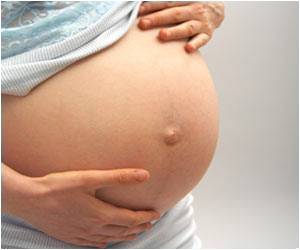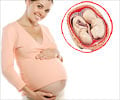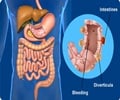Increase in obesity risk found to be 15% higher for children born from a Caesarean delivery than for children born from a normal/vaginal delivery.
Highlights
- Individuals born via Caesarean delivery showed 15% higher risk of obesity in childhood.
- Individuals born via Caesarean delivery showed 64% higher risk for obesity than siblings born via vaginal delivery.
- Individuals born via vaginal delivery for a mother who had a previous caesarean delivery showed 31% lower risk for obesity than those born via caesarean delivery for a mother who had a caesarean delivery earlier.
Growing Up Today Study (GUTS)
As a part of the Growing Up Today Study (GUTS) provided a list of questions to 22,000 study participants during the course of the study which lasted from 1996 to 2012. The participants were made to answer the questionnaire every year or every two years. The following factors were looked into in the questionnaire- The body mass index (BMI)of the participants were noted over the advancing years.
- Information regarding the type of their birth, whether vaginal or Cesarean were determined from hospital records or from maternal accounts.
- The BMI of the mother prior to pregnancy
- The region where they lived
- Age at delivery
- Habit of smoking
Caesarean Section
A caesarean section is carried out to deliver a baby from the mother’s womb by making a small incision in the abdomen and in the uterus.- 33% of deliveries in the U.S. were found to be C-section in 2010.
- One in three women undergoes C-section to deliver a baby.
- Complications That Occur During Labor: There are certain situations that might warrant an emergency C-section like the inability of the cervix to dilate normally. The patient may be admitted to undergo a normal delivery but complications that occur during the time of labor could lead to the need for a C-section.
- Risk to Infant Health: The fetal heart rate is an important determinant of fetal health. When a poor fetal heart rate is detected, the mother is rushed for an emergency C-section. An improper position of the umbilical cord is another factor that may require a C-section.
- Breech Position.
- Baby is very big or too large to be delivered by vaginal section.
- Maternal Infection: A maternal vaginal infection that could affect the baby if it is delivered vaginally.
- Placental Complications
- Multiple Fetuses: A woman carrying multiple fetuses, like twins, triplets or more is more likely to have C-section to deliver her babies to reduce risk of harm during vaginal delivery.
The study results have shown thatthere is a 15% risk of obesity in children born from vaginal delivery while the risk increases to 64% when compared to siblings born via a vaginal delivery. The risk for obesity was lower by 31% for individuals born after a vaginal delivery for a mother with a previous caesarean delivery when compared with individuals born after a caesarean delivery for a mother with a previous caesarean delivery.
Caesarean delivery is used increasingly to deliver babies and studies have not found a significant influence on maternal or child health after using this procedure. Many caesarean deliveries are elective or may be insisted on by medical professionals, though they may not make a difference to maternal and child health. This affects the cost of medical health and can be a drain for the individual as well as to the Government.
There are a number of effects that deem this method of birth less favorable but this current study provides conclusive evidence that it could raise obesity risk for children that could extend to adulthood. The risk of cardiovascular disease and diabetes associated with obesity have spiraled the cause for a more healthy weight among individuals.
References:
- Information on C section - (https://medlineplus.gov/cesareansection.html)
- C section - Introduction - (http://www.mayoclinic.org/tests-procedures/c-section/basics/definition/prc-20014571)
- What is Cesarean delivery - https://www.nichd.nih.gov/health/topics/pregnancy/conditioninfo/Pages/cesarean.aspx)
- C section in the world - (http://www.who.int/healthsystems/topics/financing/healthreport/30C-sectioncosts.pdf)
- C section delivery in India - (http://iussp.org/sites/default/files/event_call_for_papers/Caesarean%20section%20delivery%20in%20India_0.pdf)
















